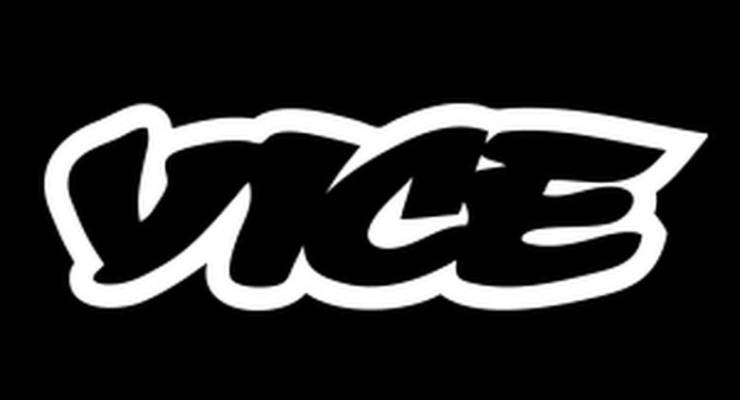
Vice Australia is gutting what remained of its local operation. It’s the latest media casualty of both the coronavirus pandemic and the might of the big tech platforms.
Three of the company’s five local journalists were let go last week, leaving just one editor and one writer to focus on news. At its height, Vice Australia employed about 50 staff who were spread across news and video teams; client services and sales; and its creative agency Virtue, which produced branded content.
The company’s office in Melbourne is closing after Vice declined to renew its lease. “That would be the end of Vice Australia effectively,” one former staff member told Crikey.
Last month Vice Media Group, which owns Vice, Refinery29 and i-D magazine, said it would cut 55 jobs in the US and 100 globally — about 5% of its global headcount.
Chief executive Nancy Dubuc said the digital operations accounted for 50% of the company’s staff costs, but brought in only 21% of revenue.
“Publishing right now is difficult across the whole industry — plain and simple — and the pandemic has intensified the tensions we all know exist between publishing and advertising. While big tech has brought wonderful things to our lives, they are also posing a great threat to journalism,” said Dubuc.
Locally, three editorial staff were axed last week — two editors and a staff writer. Sources said the entire Virtue creative agency team was cut, with significant job losses in every department.
Crime writer Mahmood Fazal was among those who lost his job, finding out in the same week he was nominated for a Walkley Award.
“I was lucky enough to platform forgotten, downtrodden and displaced voices. The people I worked with gave me the courage and energy to do so,” Fazal wrote on Twitter. “My highest accolade was when a prisoner in Supermax referred to me as Tha Voice Ov Tha Streetz. I told the stories people didn’t want to think about. I’m really proud of it.”
Parent company Vice Global Media has restructured the company several times as it tried to compete against Facebook and Google in the fight for advertising revenue.
In February last year Vice cut 10% of its global workforce of 2500. Its New Zealand office was closed and Australian operations were downsized and tied more closely to Asia.
The latest cuts are just one of in a series across the media industry. More than 150 newsrooms shut since January last year, according to the Public Interest Journalism Initiative.
Last month BuzzFeed News Australia and 10Daily ceased editorial operations. Last week News Corp shut the print editions of 100 local and regional papers and closed 14 titles, with the reported loss of more than 500 jobs. The company had failed to agree to terms of a sale to Anthony Catalano’s Australian Community Media.
Vice Global Media is one of a string of medium-sized digital players that surfed an internet wave of popularity but ultimately crashed against the market might of Google and Facebook. At one stage Vice had 2500 staff globally and made its name with provocative reportage that saw it described as “gonzo journalism for the YouTube generation”.
Vice launched in Australia in 2003, nine years after it was founded in Canada. Former Walkley-nominated staff include Maddison Connaughton and Rebecca Metcalf.
The Australian Consumer and Competition Commission is currently drafting a mandatory code of conduct to correct the competition imbalance between news companies and Facebook and Google.
In November 2016 Vice partnered with SBS and launched digital channel SBS Viceland, using the company’s video content. That agreement is unaffected.
A Vice source in New York said Vice would continue to operate in Australia, with a smaller footprint, and confirmed the Asian operations of Virtue, including Australia, would be run out of Singapore.








Is being nominated for a Walkley Award a big deal?
Don’t most “entrants” nominate themselves?
Another matter – who owns Vice? That seems to be relevant as ownership of other closing media outlets is usually mentioned here. According to Wikipedia George Soros invested $250m a year ago.
Yep, not only Soros but Disney and (wait for it…) Murdoch!
From Wikipedia: Shane Smith (20%) The Walt Disney Company (16%) A&E Networks (20%) TPG Capital (44%) Soros Fund Management (10%) James Murdoch (minority stake)
Elsewhere on this site, Crikey readers are celebrating (no, that’s too milld a description, they’re frothing at the mouth ecstatic) by the fact that the recent economic downturn is bringing about the death of the “mainstream media” and its hundreds of thousand of local jobs
Well, its killing all media… Sad to see yet more jobs go, but Vice’s local demise just goes to show, as we needed to be reminded, that the Covid recession is indeed a “media extinction event”*
(*Buzzfeed coined that phase, not me, before it too went under).
Vice’ Media’s rise and fall is an intriguing and possibly unique story in itself, and includes a lot of quite salacious side stories which may interest those not as fascinated by all aspects of the media business as I (and quite a few writers for Crikey it seems) are. One of those concerns a Toronto editor employed by Vice who got involved in a cocaine smuggling operation (importing from Canada into Australia), claiming he was doing it “for a story” in the mag…
Its all documented in a 6 part podcast from Canadaland called “Cool Mules” which I hope I’m allowed to plug here:
https://www.canadalandshow.com/shows/cool-mules/
Part 5 in particular is potted history of the Vice empire and includes a savage critique of its “hipster” values and ruthless gig economy business practices. It made me wonder me wonder how our our public broadcaster SBS got into bed with them in the first place…
How does this differ from the yartz special pleading?
If something worthwhile is produced people will pay for it.